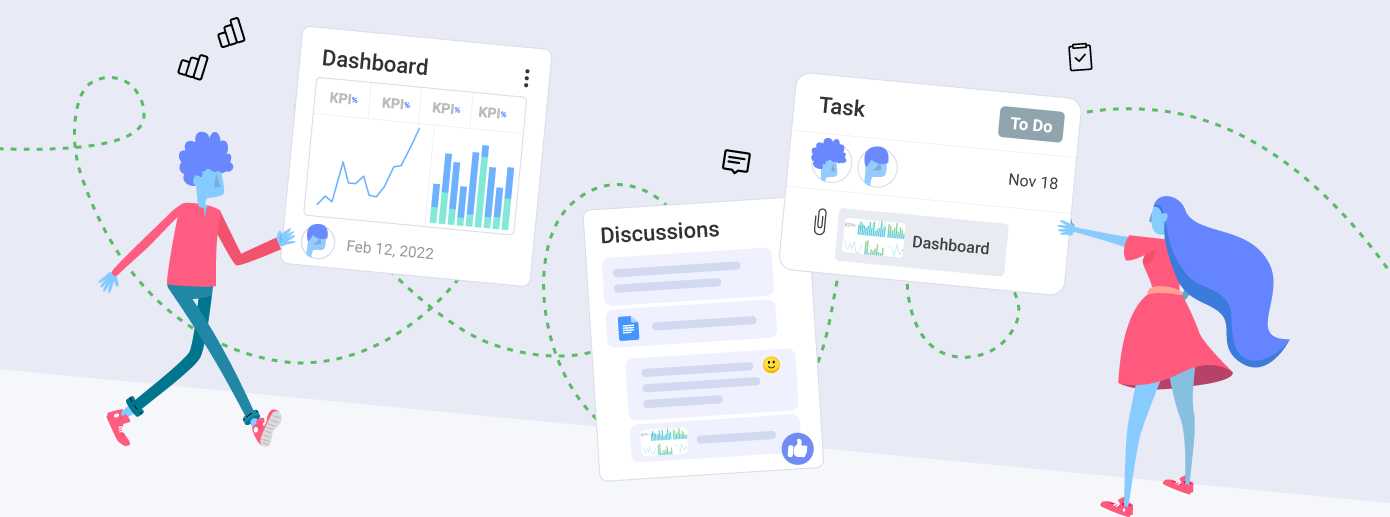Predictive Analytics helps Small Startup Optimize Operations and Win
Introduction:
Predictive analytics is the use of machine learning algorithms to analyze historical data and predict future trends. This powerful tool allows businesses to make data-driven decisions and optimize their operations for maximum efficiency and growth. In this case study, we will explore how a small startup used predictive analytics to gain a competitive edge and achieve success in their industry.
Background:
The startup in question is a e-commerce company that sells clothing and accessories. They had been in business for several years and had a solid customer base, but were struggling to grow their revenue and market share. They realized that they needed to find a way to better understand their customers and predict future trends in order to make more effective decisions about product development, marketing, and other areas of their business.
Key Insight 1:
Understanding Customer Behavior The first step in using predictive analytics was to gather and analyze data on customer behavior. This included data on what products they were buying, when they were buying them, and how much they were spending. The startup used this data to create detailed customer profiles and segmentation models, which helped them understand the needs and preferences of different customer groups.
Key Insight 2:
Predictive Modeling Once they had a solid understanding of their customers, the startup turned their attention to predictive modeling. They used machine learning algorithms to analyze their historical data and make predictions about future trends. For example, they were able to predict which products would be popular in the coming months based on past sales data. This allowed them to plan their product development and marketing efforts more effectively.
Key Insight 3:
Optimizing Operations Armed with predictions about future trends, the startup was able to optimize their operations for maximum efficiency and growth. They used the data to make informed decisions about inventory management, logistics, and other key areas of their business. For example, they were able to reduce their inventory costs by better predicting demand for their products.
Key Insight 4:
Results The results of the startup's efforts were impressive. They were able to increase their revenue by 20% and their market share by 15%. They also received positive feedback from their customers, who appreciated the wide range of products available to them.
Conclusion:
Predictive analytics is a powerful tool that can help businesses make more effective decisions and optimize their operations for maximum efficiency and growth. This case study shows how a small startup used predictive analytics to gain a competitive edge and achieve success in their industry. By understanding customer behavior, using predictive modeling, and optimizing operations, they were able to increase their revenue and market share, and provide better products to their customers.🚀📈


